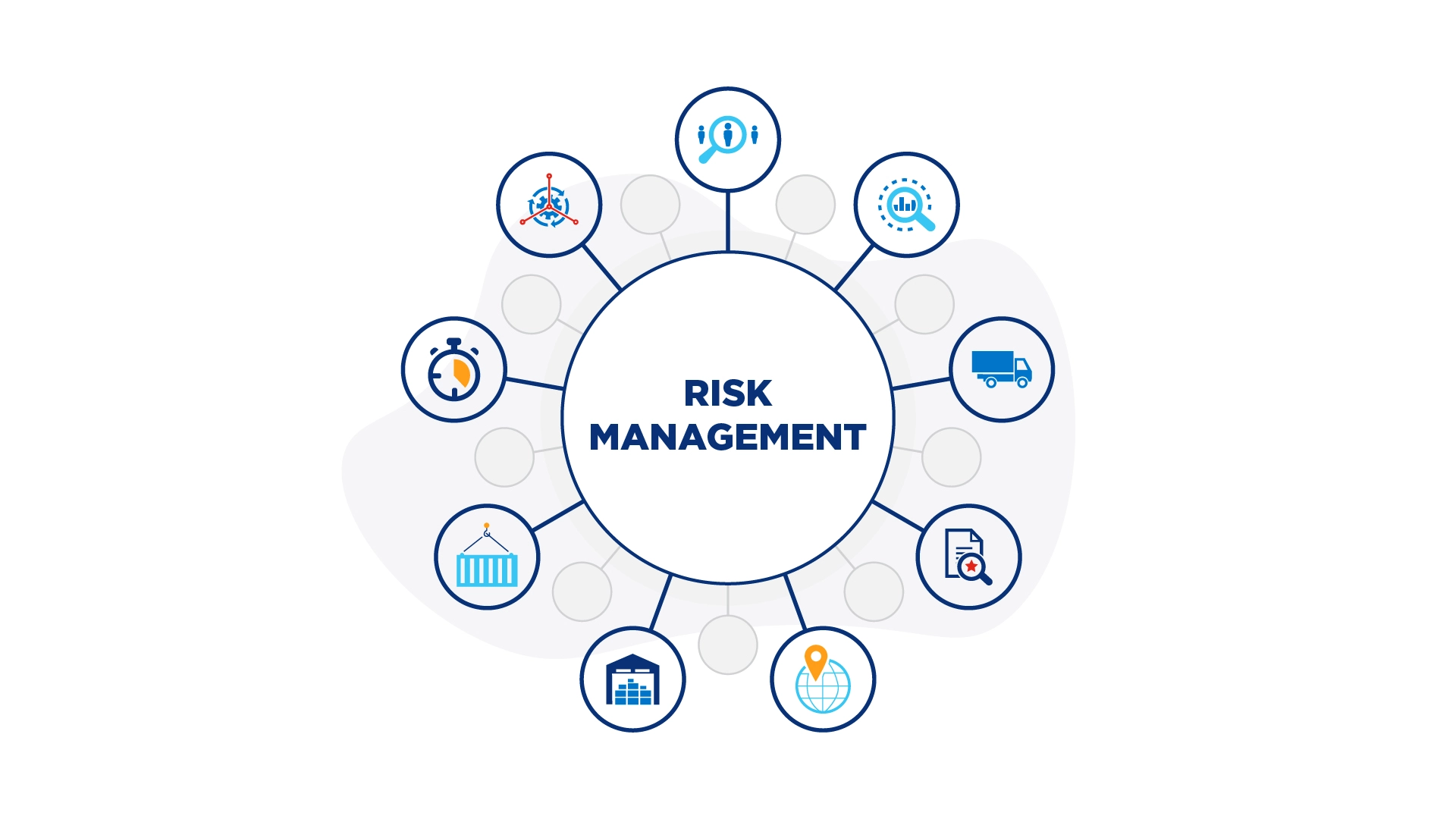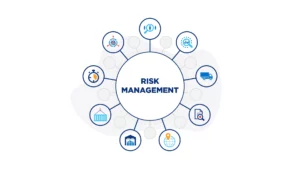The shift to Secure Access Service Edge (SASE) can transform your network security, simplify complexities, and enhance performance. However, implementing SASE in your business is not a plug-and-play affair. It requires careful planning, tackling challenges, and consistent maintenance to ensure a successful transition.
In this guide, we’ll walk you through the steps of SASE implementation, highlighting potential challenges and how to address them, to ensure a smooth and successful transition.
Planning for SASE Implementation
A successful SASE implementation starts with thorough planning. Here are some key considerations:
- Network Assessment: Evaluate your current network architecture, identify potential bottlenecks, and understand your network’s current and future requirements.
- Vendor Selection: Choose a SASE vendor that suits your business needs. Consider factors such as the vendor’s technology stack, compatibility with your existing systems, scalability, and customer support.
- Implementation Timeline: Develop a realistic timeline for the implementation. This should consider the complexity of your network and the potential impact on your business operations.
- Training: Ensure your IT team is trained to handle the new system. This may involve training on the SASE platform and new procedures for network management and security.
Challenges in SASE Adoption
While SASE can revolutionise your network, the transition may come with challenges. Here are some potential obstacles and how to address them:
- Resistance to Change: As with any new technology, there may be resistance to change. Regular communication about the benefits of SASE, coupled with training, can help overcome this.
- Integration with Existing Systems: Integrating SASE with your existing network systems might be challenging. Choose a SASE vendor that provides comprehensive integration support to make this process easier.
- Security Concerns: Moving to a new system can raise security concerns. Ensure your chosen SASE solution has robust security measures and compliance certifications to reassure stakeholders.
Successful SASE Implementation
With proper planning and overcoming the challenges, you can successfully implement SASE in your business. Here are some steps to ensure success:
- Pilot Testing: Before a full-scale rollout, consider pilot testing the SASE solution in a controlled environment to identify and fix potential issues.
- Phased Rollout: Implement SASE gradually, starting with less critical parts of your network. This allows for any issues to be addressed without significant disruptions to your operations.
- Regular Reviews: After implementation, regularly review the system’s performance and make necessary adjustments for optimisation.
Maintaining and Updating Your SASE Network
Once implemented, maintaining your SASE network is crucial for continued performance and security. Regular software updates, continuous monitoring for threats, and periodic training for your IT team are essential maintenance activities.
Remember, SASE is not a one-time solution, but a continuous journey of improvement. Stay abreast of the latest trends and updates in SASE and incorporate them into your network as needed.
Adopting SASE in your business can be a significant step towards a more secure, efficient, and flexible network. While the process may involve challenges, the benefits of SASE far outweigh these obstacles. With careful planning, overcoming challenges, successful implementation, and consistent maintenance, you can leverage SASE to its fullest potential and transform your network security and performance. Are you ready to embark on your SASE journey?





